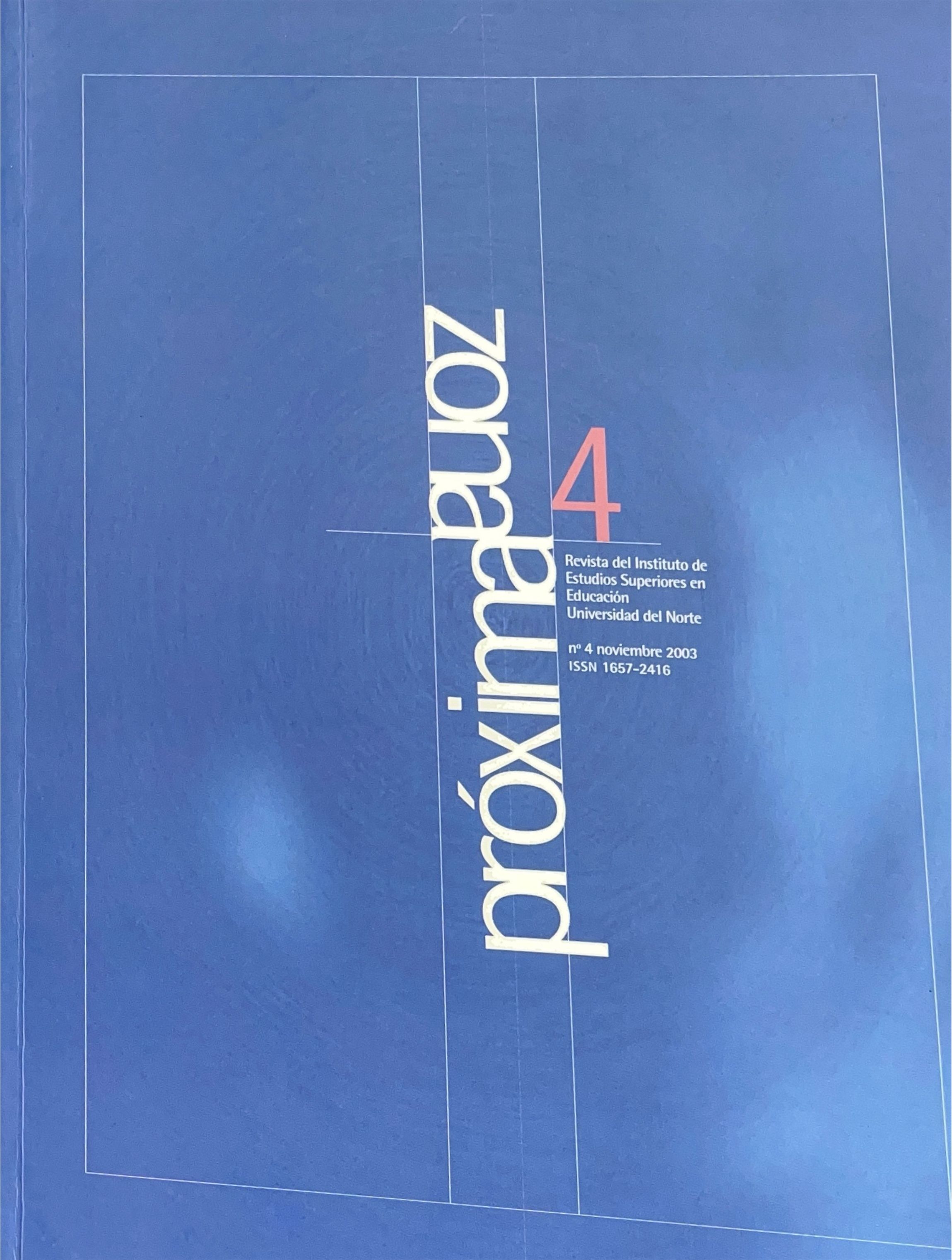Abstract
In this article, some suggestions for the teaching of description in different school texts are shown, and it is proposed that the discursive operations in school be inscribed in the framework of valor discourse analysis. In this way, it is shown that, in the school environment, descriptions can be built through a series of assigned steps and that they do not have a value per se but just from the relations established with narration. That is, description is not considered a discursive .operation or a competence with mechanisms functioning and strategies to be developed in subjects. Results highlight the methodological difficulty school materials show in separating and differentiating description from narration because use in actual discourse practice they are normally found together.
References
ADAM. J.M. (1985)
Le texte narratif TraiUJ d'anaJyse textuelle des réCits, París 1lI: Nathan.
ADAM, J.M Y PETlTJEAN,A (1989)
Le texte descripof Poétique Hiscorique el linguistique textuel/e, París 111:Nathan. BAL. M. (sJ. s.e.): TeorTa de la narrativa.
ALBALAT, A. (1913)
Cart d'(jcrire. Parrs: Librairie A. (aUn.
CAMARERO, M.
Expresión y Comprensión. España: Castalia.
CASTAGNINO (1987)
El análisis literario. Argentina: El Ateneo.
CLAVEL. DURANTEl, FERNANDEl y ROMAGOSA(1984)
Iniciación al análisis de textos. España: Teide.
FOUCAULT, M. (198l)
El orden del discurso. México: Ed. Populares, FFl-UNAM.
GUIDO, R.M. Y LOPEl A.M .. (1984)
Didé1ctica de la lengua. Argentina: El Ateneo.
HAIOAR. J. Discurso sindical y procesos defetichizac;6n. Proletariado textil poblano de 1960a 1970. México: INAH.
HAMON, P (1991)
Introducción a (o descriptivo. Argentina: Hachette.
INSTITUTO NACIONAL PARA LA EDUCACION DE ADULTOS (1997)
La palabra es nuestra, Primaria para Adultos,Segunda parte, Volumen 1. México.
KLEIMAN, A. (1989)
Texto e leiror. Aspectos cognitivos da Leltura.Brasil.
MARTlN VIVALDI, G. (1980)
Español (aotologla), libro de texto gratuito para la licenciatura en Educación preescolar y primaria. 2° y 3e1 curso. México: SEP.
ORLANDI, E. el al. (1989)
Vozes e Contrastes. Discurso na Cidade e no Campo. Brasil: Ed. Cartez.
PtCHEUX, M. (1978)
«Formaciónsocial, lengua, discurso». En revista Ane, sociedad e ideologfa, N° 5. México.
RUll, A.D. (1992)
Competencia textual. Análisis de textos descriptivos de alumnos de 6° año de primaria. Tesis de Maestrra. México: ENAH.
VOI.OSHINOV, V (1975)
El signo ideológico y la filosofia del lenguaje.


